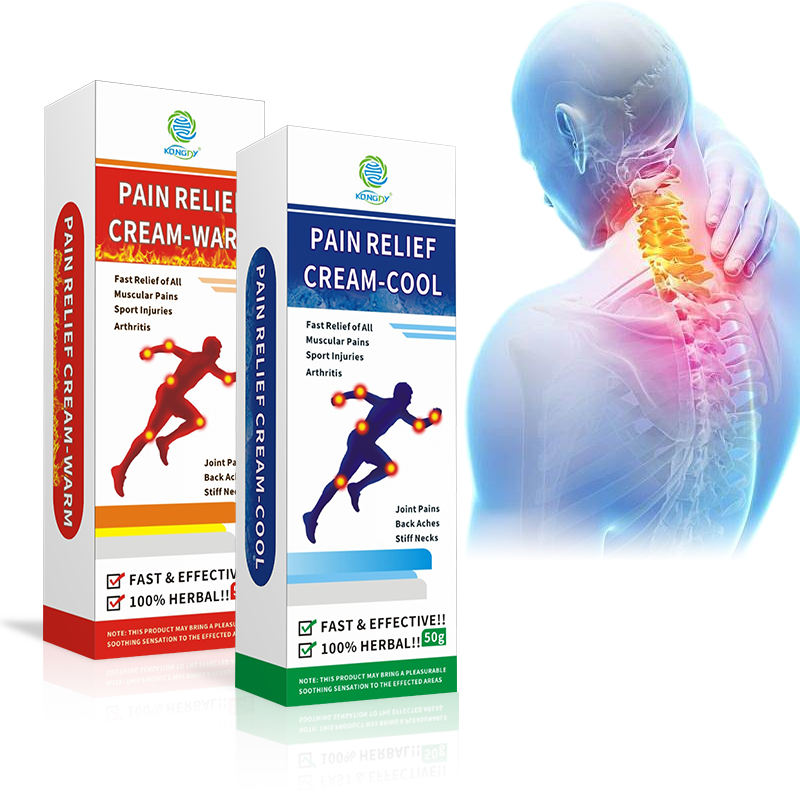Topical pain creams have become a popular choice for individuals seeking relief from localized pain. These formulations are designed to deliver active ingredients directly to the affected area, minimizing systemic side effects while providing targeted relief. Common ingredients include analgesics like lidocaine, anti-inflammatory agents such as diclofenac, and natural compounds like capsaicin derived from chili peppers.
One of the primary advantages of pain creams is their ability to reduce inflammation and block pain signals at the source. For instance, capsaicin works by depleting substance P, a neurotransmitter responsible for transmitting pain sensations, while NSAID-based creams inhibit prostaglandin production, thereby reducing swelling and discomfort. These mechanisms make them particularly effective for conditions like arthritis, muscle strains, and neuropathic pain.

Clinical studies support the efficacy of topical pain relievers, especially for osteoarthritis and post-surgical pain. Unlike oral medications, which must pass through the digestive system, topical applications offer faster absorption and lower risks of gastrointestinal issues. However, users should follow dosage instructions carefully to avoid skin irritation.
In conclusion, pain creams provide a safe and efficient alternative for managing localized pain. Consulting a healthcare provider can help determine the most suitable formulation based on individual needs.






